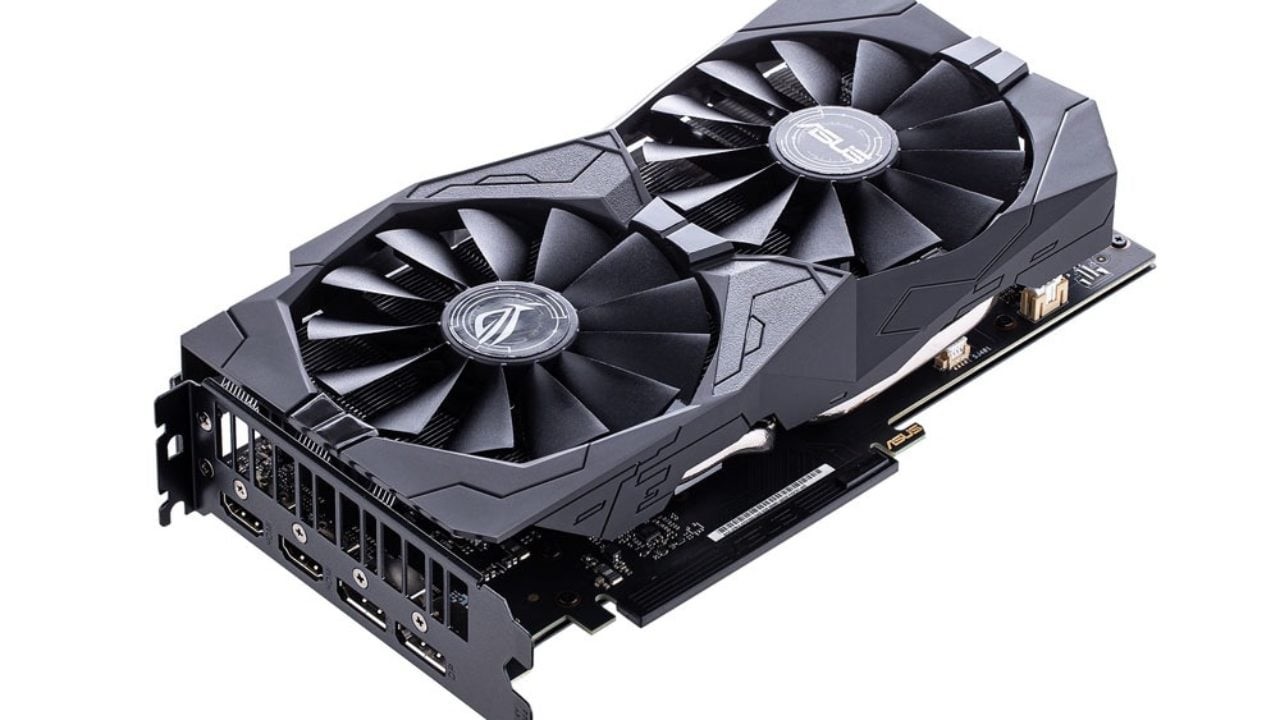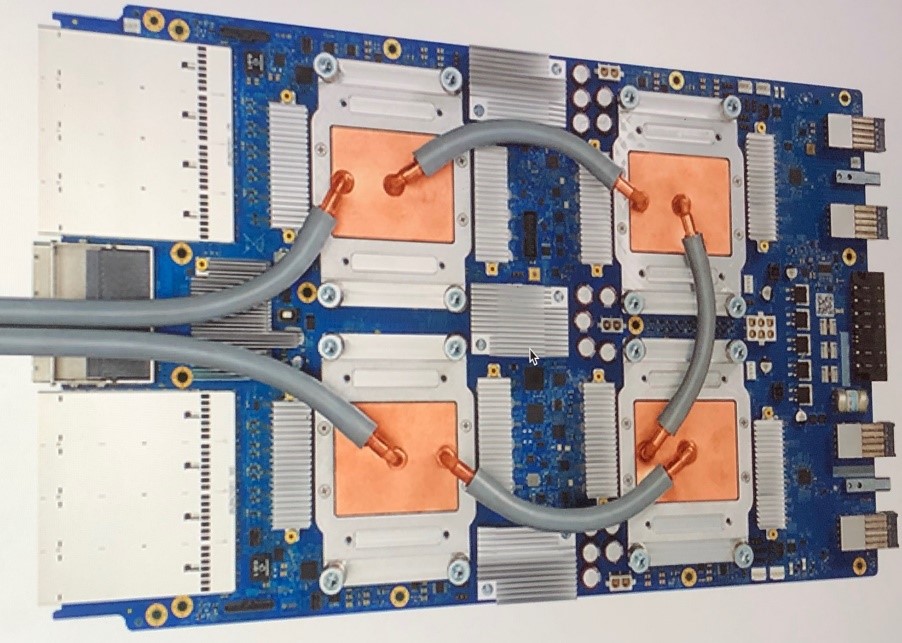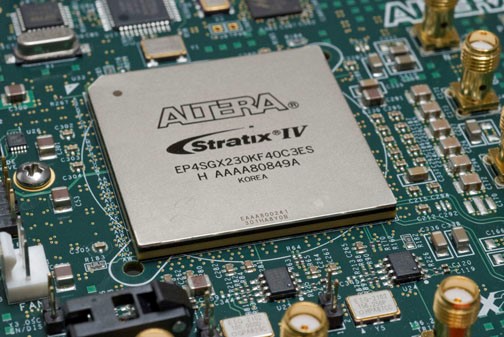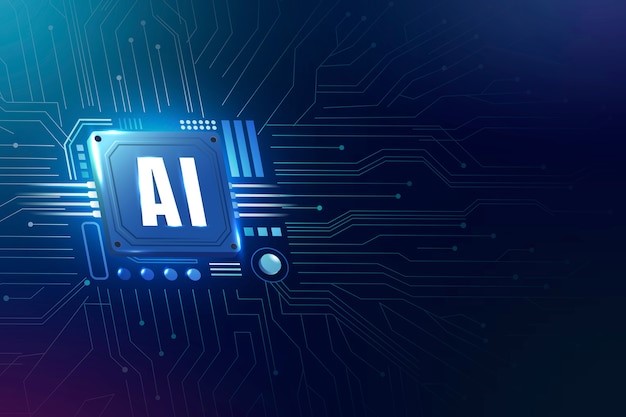ASICs - The Power of Custom AI Hardware
Application-Specific Integrated Circuits (ASICs) represent the pinnacle of custom hardware designed for specific applications, including AI workloads. This blog post delves into the architecture, benefits, and applications of ASICs, showcasing their unparalleled efficiency and performance in AI tasks.
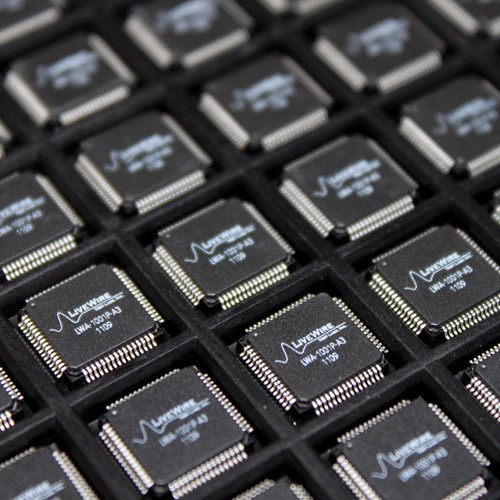
Figure 1. ASICs.
Introduction to ASICs
ASICs are integrated circuits specifically designed for a particular use or application. Unlike general-purpose processors (CPUs), graphics processors (GPUs), or reconfigurable hardware (FPGAs), ASICs are tailored to perform a specific task with maximum efficiency [1]. Figure 1 shows ASICs.
Key Characteristics
- Custom Design: Built from the ground up to perform a specific function.
- High Performance: Optimized for speed and efficiency in the designated task.
- Power Efficiency: Lower power consumption compared to general-purpose hardware due to specialized design.
ASIC Architecture
The architecture of an ASIC is highly specialized, tailored to optimize performance for its intended application.
Key Architectural Features
- Fixed Function Units: Dedicated circuits designed for specific operations, such as matrix multiplications in AI.
- On-chip Memory: Custom memory architecture optimized for data access patterns of the specific task.
- Interconnects: High-speed data paths tailored to the communication needs of the application.
- Integration: Ability to integrate multiple functionalities on a single chip, reducing the need for external components [2].
Differences Between ASICs and Other AI Chips
ASICs stand out from other AI chips like GPUs and FPGAs due to their custom nature, which allows for unparalleled optimization.
Key Differences
- Specialization: ASICs are designed for a single purpose, offering higher performance and efficiency compared to multipurpose hardware.
- Performance: Superior speed and efficiency for specific tasks due to tailored design.
- Power Efficiency: Lower power consumption since they only include necessary components for the designated task.
Major Examples of ASICs
Google's TPUs
Initially started as ASICs optimized for tensor operations in neural networks.
TPUs have evolved to include multiple generations, each improving performance and efficiency.
Bitmain's Bitcoin Mining Chips
Custom ASICs designed for the sole purpose of mining cryptocurrency efficiently.
Tesla's FSD Chip
Designed specifically for full self-driving capabilities in Tesla vehicles, optimized for real-time processing of sensor data and decision-making algorithms.
Use Cases in AI
ASICs are employed in scenarios where the highest performance and efficiency are required for specific AI tasks.
Key Applications
- Data Centers: Powering large-scale AI models and providing inference capabilities with high efficiency.
- Autonomous Vehicles: Real-time processing of data from sensors and making split-second decisions.
- Healthcare: Custom chips for medical imaging, genomics analysis, and other specialized healthcare applications.
- Consumer Electronics: Enhancing performance and efficiency in devices like smartphones, smart speakers, and other IoT devices.
Advantages and Limitations of ASICs
Advantages
Maximum Performance: Superior speed and efficiency for the specific task they are designed for.
Power Efficiency: Lower energy consumption due to the elimination of unnecessary components and optimized design.
Integration: Ability to combine multiple functions on a single chip, reducing system complexity and cost.
Limitations
High Development Cost: Significant upfront investment required for design and manufacturing.
Lack of Flexibility: Fixed functionality means they cannot be repurposed for other tasks.
Long Development Time: Designing and manufacturing ASICs is a time-consuming process compared to using general-purpose hardware.
Conclusion
ASICs provide unmatched performance and efficiency for specific AI tasks, making them a critical component in applications where speed, power consumption, and specialized functionality are paramount. Their custom nature allows for optimization that is not possible with general-purpose or reconfigurable hardware.
References:
- https://en.wikipedia.org/wiki/Application-specific_integrated_circuit
- https://www.allaboutcircuits.com/technical-articles/what-is-an-asic-application-specific-ic/
Cite this article:
Hana M (2024), Decoding AI Hardware: A Comprehensive Guide to GPUs, TPUs, FPGAs, and ASICs, AnaTechmaz, pp. 4


